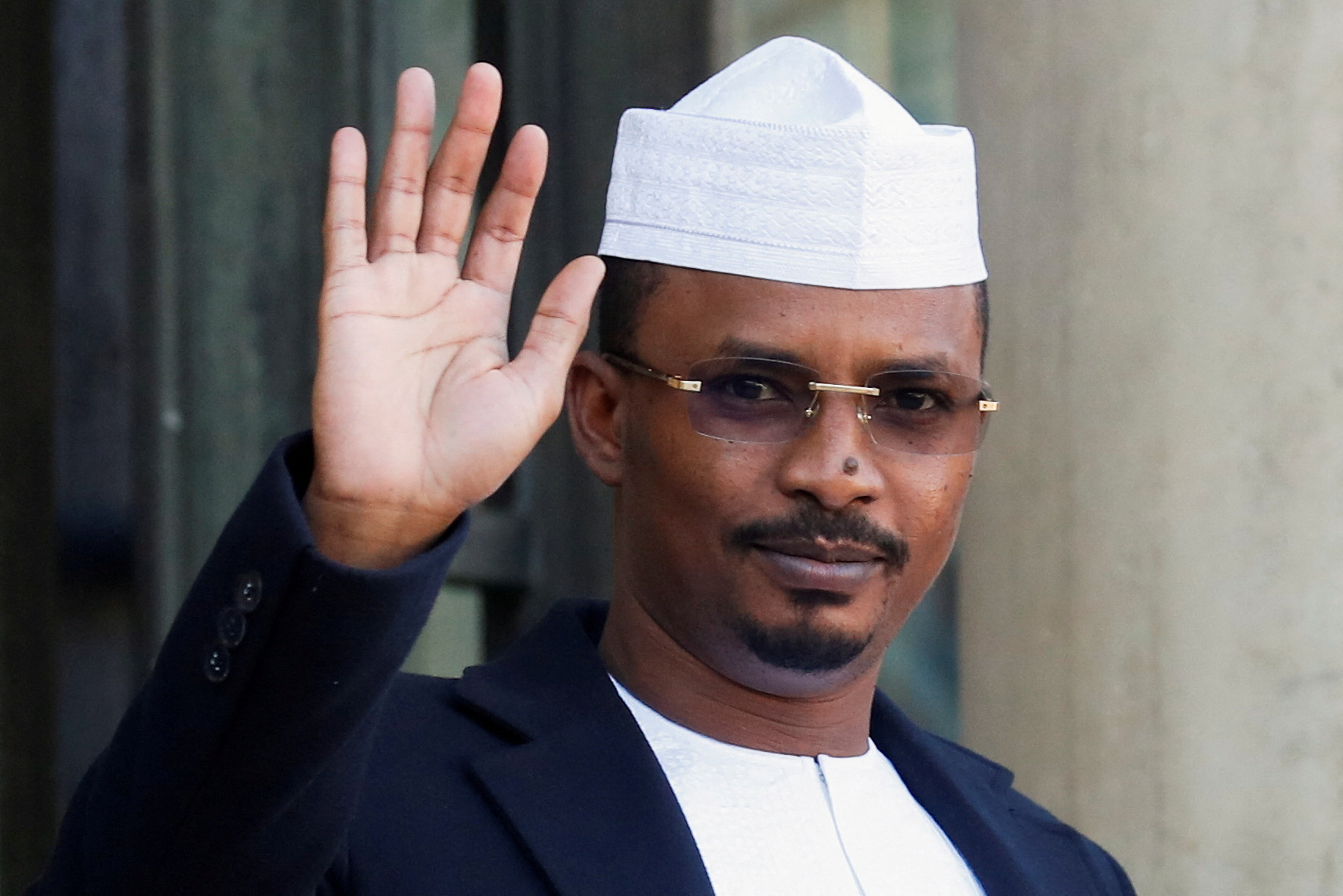For decades, the global film industry has been dominated by a singular narrative, often portraying Africa as a homogenous entity lacking in cinematic vibrancy. However, a revolution is underway. African cinema, pulsating with diverse stories, captivating narratives, and undeniable talent, is taking center stage. This article discusses the evolving landscape of global film industries, comparing the established giants – Hollywood, Bollywood, and Nollywood with Africa’s burgeoning cinematic landscape, using statistics and examples to illuminate their unique strengths and contributions.
Hollywood
Hollywood, synonymous with American cinema, remains the undisputed king of global box office revenue.
Box Office Dominance: Statistics paint a clear picture. In 2023, the global box office for Hollywood films reached a staggering $42.2 billion. Blockbusters like “Avengers: Endgame” (2019), which grossed a record-breaking $2.79 billion worldwide, and visually stunning epics like “Avatar” (2009), which holds the all-time global box office record of $2.92 billion, exemplify Hollywood’s commercial prowess.
Revenue Streams Beyond the Screen: Hollywood studios generate revenue through a multitude of channels. Theatrical releases remain a significant contributor, but home video sales, streaming services like Disney+ and Netflix, and international distribution contribute significantly. Licensing and merchandising associated with popular franchises further bolster their financial clout.
Cultural Influence: Hollywood films have a pervasive global influence, shaping cultural trends and influencing storytelling across the world. American narratives, action sequences, and even language have been adopted by audiences worldwide. From the ubiquitous “Hollywood ending” to the rise of the superhero genre, Hollywood films have left an indelible mark on global cinema.
However, the sheer size and commercial focus of Hollywood also present challenges:
Blockbuster Fixation: The emphasis on big-budget, high-concept films can lead to a homogenization of content. Smaller, independent films or stories outside the mainstream often struggle to compete for funding and audience attention.
Focus on Spectacle: While visually spectacular, a reliance on special effects can overshadow character development and plot originality. Critics argue that some Hollywood films prioritize spectacle over substance.
Bollywood
Based in Mumbai, India, Bollywood is the world’s largest film industry by the number of films produced.
Sheer Volume: Bollywood releases an astonishing 1,000 to 1,500 films annually. These films are typically melodramatic spectacles, often incorporating music, dance, romance, comedy, and action. Examples include the epic historical romance “Padmaavat” (2018) and the action comedy “Dhoom 3” (2013), both of which were major box-office successes in India.
Revenue Streams and Reach: Domestic box office collections and satellite television rights are the primary revenue streams for Bollywood films. The vast Indian diaspora contributes significantly to the industry’s success. Films like “Dangal” (2016), which explores themes of female empowerment, resonated with audiences beyond India, showcasing Bollywood’s potential for global appeal.
Cultural Specificity: Bollywood films cater primarily to an Indian audience, reflecting Indian culture, mythology, and social issues. Musical numbers are deeply ingrained in Bollywood’s identity, serving as a key storytelling device and audience draw. The elaborate costumes, vibrant sets, and catchy songs are a unique hallmark of Bollywood cinema.
However, the size and cultural specificity of Bollywood also present limitations:
Limited Global Appeal: The focus on musicals and cultural themes can limit the international appeal of Bollywood films outside of South Asia and the Indian diaspora.
Formulaic Plots: The emphasis on familiar tropes and predictable storylines can hinder artistic innovation. Critics argue that some Bollywood films are formulaic and lack originality.
Nollywood
Africa is no longer a passive observer in the global film industry. Nollywood, based in Nigeria, is the world’s second-largest film producer by volume, churning out over 2,500 films annually. However, Africa’s cinematic landscape extends far beyond Nollywood, encompassing a multitude of filmmaking traditions across the continent.
Addressing Social Realities: Nollywood films, often low-budget productions with shorter shooting schedules, tackle contemporary African issues. Social commentary on poverty, education, and political corruption are common themes. Films like “The Wedding Party” (2016), a romantic drama that became the highest-grossing Nigerian film of all time, and “King of Boys: The Return of the King” (2018), a political thriller exploring power dynamics, exemplify Nollywood’s ability to tell relevant stories. This resonates deeply with African audiences and fosters a sense of cultural exchange within the continent.
Beyond Nollywood: North Africa boasts a rich cinematic tradition as well. Egyptian cinema, with its focus on social realism and historical dramas, has garnered international acclaim. Films like “Yomeddine” (2018), which explores themes of marginalization and societal acceptance, and “The Nile Hilton Incident” (2011), a political thriller tackling police brutality, showcase the diversity of African filmmaking.
A Global Stage: African filmmakers are increasingly gaining recognition on the international stage. Films like “Atlantics” (2019), a Senegalese magical realist drama, and “Rafiki” (2018), a Kenyan coming-of-age story, have premiered at prestigious film festivals like Cannes and Berlin, garnering critical praise and awards.
Despite the remarkable progress, challenges remain for African cinema. Limited infrastructure, including a lack of movie theaters in some regions, can hinder distribution. Piracy also poses a significant threat, eroding potential revenue streams.
However, the future of African cinema is bright. Increased investment in infrastructure, the rise of streaming services, and a growing global appetite for diverse stories bode well for the industry.
Collaboration between established film industries and African filmmakers presents exciting possibilities. Co-productions, knowledge sharing, and skills development programs can further propel African cinema onto the global stage.
The global film industry is no longer a singular narrative. Hollywood, Bollywood, and Nollywood continue to be major players, each with its unique strengths and contributions. However, Africa’s rise as a cinematic powerhouse is undeniable. Telling stories that resonate with local and global audiences, African cinema is enriching the global film landscape with its vibrancy, diversity, and undeniable talent. As infrastructure improves, technology evolves, and collaborations flourish, the future of African cinema promises to be a captivating chapter in the ever-evolving story of global film.


